I’ve fallen behind. Oh no. These past couple weeks have been an absolute whirlwind, as you’ll soon see. So I’ll break them down a little bit into two blog posts to make them more digestible for your reading material. Before I begin, I want to briefly discuss the post of one of my colleagues. In his recent post entitled, An Office, Cinnamon Buns and… Field Work??, Neal Tyson spends a full paragraph discussing the merits of Fishtails Café’s cinnamon roll deserves this much attention, right? WRONG. I consider myself to be somewhat of a connoisseur of breakfast pastries. Growing up, my cousin and I feasted ourselves on Walmart bakery donuts every time I visited him. While studying abroad in the Galápagos, I must have spent over one hundred dollars purchasing one specific type of donut from the local bakery. Each one coast $1.50, you do the math. It’s fair to say that I know my way around a cinnamon roll. And let me tell you, so does Fishtails Café. From the moment you feast your eyes upon it to the moment you take the last bite, it’s as if nothing else matters in the word. Not the calorie count, or the sugar content, or the years this cinnamon roll is probably taking off your life. During this time, everything is bliss. Neal and I have already hatched some schemes to get rich off of selling this cinnamon bun if this whole scientist thing doesn’t work out. Honestly, if you try it, you’ll understand.
But I digress, when I wasn’t stuffing my face with cinnamon rolls, I was extremely busy the past few weeks. If you recall, when we left off I had just returned from an amazing camping trip at Crater Lake. Let me begin by elaborating a little bit on that trip. It rocked. Leaving work slightly early on a Friday afternoon, I piled into a small car for a nice five-hour road trip with some fellow Sea Grant Scholars and REUs here at Hatfield Marine Science Center. The Airbnb where we were staying was, interesting. It was a farm run by two guys living out of a school bus on the property and we slept on a dirt road. Actually, I slept in the car because it turns out you can’t really fit five fully grown adults in a three-person tent. Undeterred by our living conditions, we set out the next day to see what this whole Crater Lake thing was all about.

Whaaaaaaaaaaaaaaaat.
Spectacular. Kind of like the Redwoods, you can’t fully capture the beauty of Crater Lake in a photo or with words. It’s entrancing treading water and looking down to see nothing but the deepest of blues as far as your eye can see. In fact, it’s a little frightening swimming out in the open water of the Lake. At nearly 2000 feet deep, there’s a whole lot of nothing below you… Along with the lake we did some swimming in the nearby Rogue River (much to the chagrin of the nearby fishermen) and feasted on local cuisine. All and all a fantastic weekend.
This was followed up by a very short but productive work week. First on my agenda was working on my final project for the summer. However, prior to that, I needed to decide what my final project for the summer was going to be. As you may have observed, my position this summer has been quite diverse. Instead of focusing on one research question and devoting all of my time and energy to that, I have been all over the place. It has been an incredible real-world experience where I feel that my efforts have truly been put to use in benefitting the goals of the ODFW Marine Reserves Program.

Redfish Rocks, one of the Marine Reserves I’ll be discussing in my presentation.
Instead of just an internship for the sake of another category on the resume, this summer has been all about really experiencing what it’s like to work in the field of marine ecology. It’s been fantastic, but at the end I still need a nice final presentation to wrap it all up. I won’t go into much detail on this project now, but with the help of my mentors I eventually came to the decision of presenting on the difference in fish recruitment inside and outside Oregon’s Marine Reserves. This project will use the data we’ve gathered from the SMURFs throughout this summer (remember what a SMURF is?).
Along with working on my final project, I also spent a lot of time writing my latest installment of the ODFW SMURF blog. This was originally just a small task for me to take on over the summer. Each week I’d summarize the weekly SMURFing outing and provide a couple fun facts about the SMURF team or SMURFing in general. However, I found out that I love writing these posts, and the mini project has escalated substantially. Now every post I write includes awesome information that has been proofread by the entire SMURF team of collaborators, which includes ODFW scientists as well as Oregon State professors. The result is a pretty sweet post each week chalk full of SMURF science and plenty of SMURF puns. I kind of can’t help myself with the SMURF puns, there’s just so much to work with there! I highly suggest you check them out at http://oregonmarinereserves.com/news/. If you know me and read one, you’ll probably be able to distinguish my writing voice. I can’t help but put my own stamp on scientific communication.
Lastly, I mentioned that the week was a short one. This was because I took Thursday and Friday off to fly all the way back home to Ohio. Why travel twenty-five hundred miles to spend just one weekend back home? My sister got married! This has nothing to do with my Sea Grant experience, really, but I’m still going to give a brief shoutut to Maggie’s wedding. I love the heck out of Maggie. She and my eldest sister, Elise (whom I also love the heck out of), never passed up on an opportunity to torment me with annoying songs or nicknames, but they also taught me a whole lot and shaped me into who I am today. On August 5th I watched Maggie marry an awesome man. I’ve gotten to know Josh well over the past four years and he’s a man I’m overjoyed to call my brother. At the wedding, they were so happy. I was so happy. Everyone was so happy. Words fail yet again. I’d wish them a happy future together, but I already know they’ll have one regardless of what I type here. So all I’ll say is congratulation Mrs. and Mr. Keegan, you deserve every ounce of joy that marriage brings you.

Jeezum crow doesn’t it look beautiful? I’m the groomsman third from the right. Thankfully this photo’s far enough away that you can’t see my very manly tears.
On that note, I’ll leave you. More will be forthcoming shortly about my adventures of the past week or so. Stay tuned.






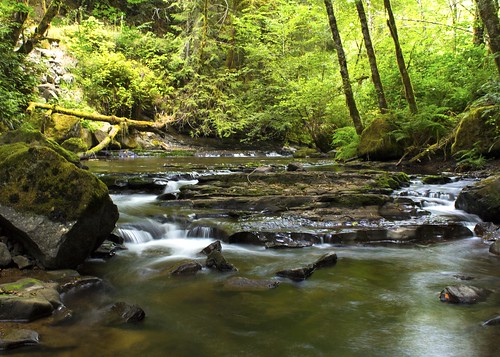
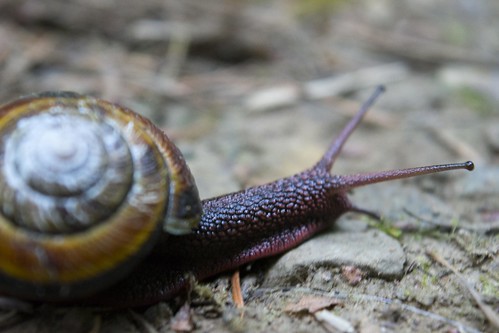











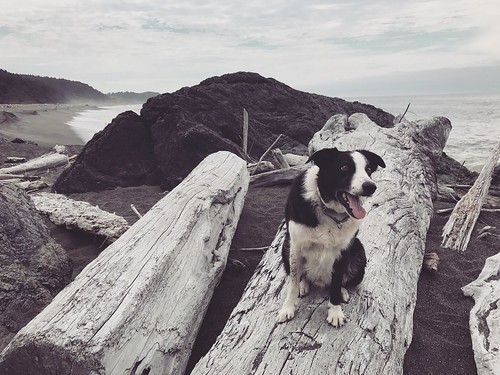
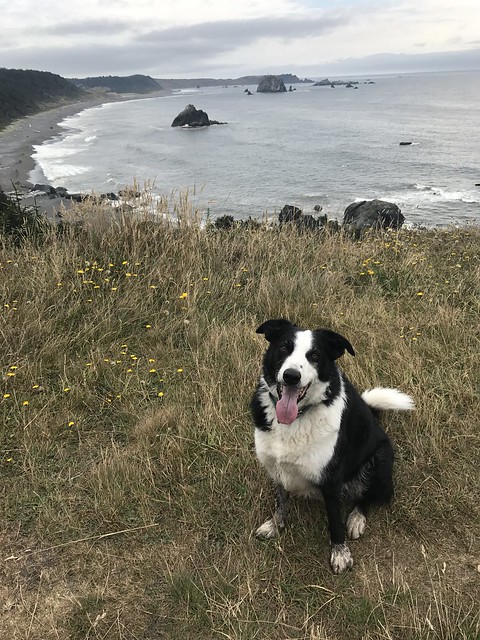
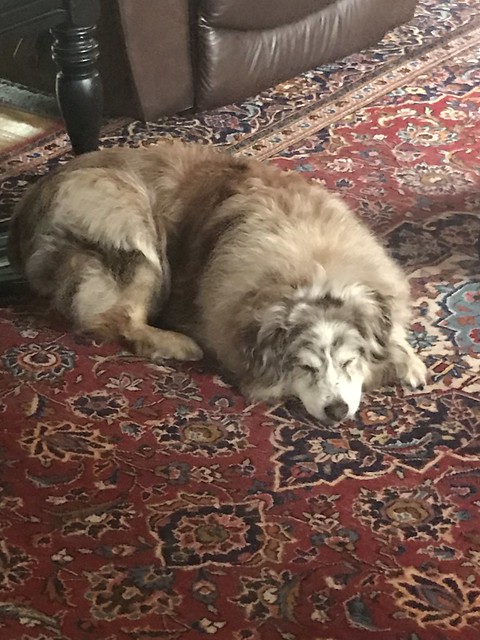
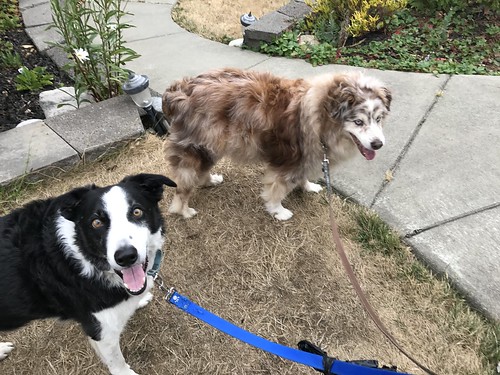
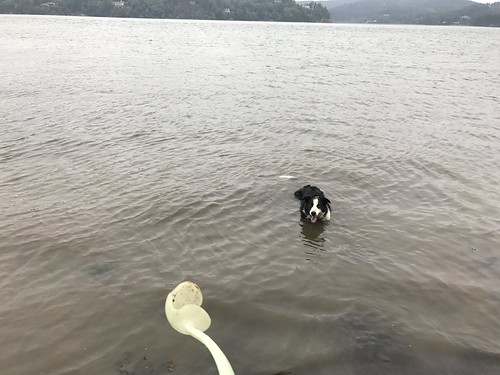
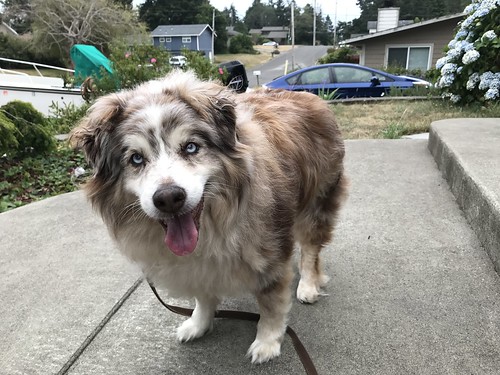
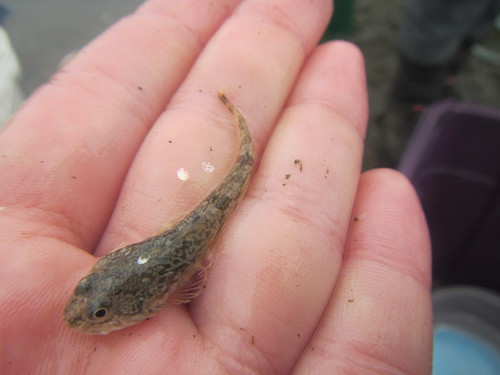




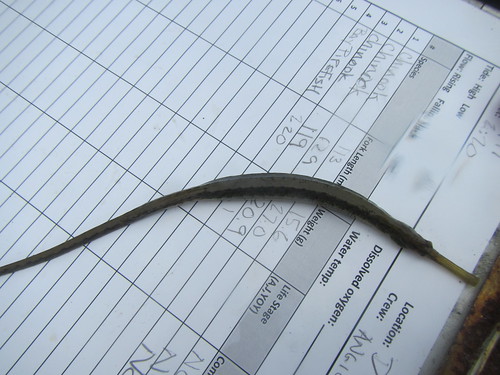




 Though I have done research on these topics before, never have they been so relevant to me. As I move through this transitional phase of young adulthood, I am reminded that I and those around me are slowly assuming responsibility for the generations of the future. What type of concern will we have towards social and environmental issues? More importantly, will we impart these prosocial and pro-environmental behaviors on the generations to follow? Stay tuned for the answer!
Though I have done research on these topics before, never have they been so relevant to me. As I move through this transitional phase of young adulthood, I am reminded that I and those around me are slowly assuming responsibility for the generations of the future. What type of concern will we have towards social and environmental issues? More importantly, will we impart these prosocial and pro-environmental behaviors on the generations to follow? Stay tuned for the answer!